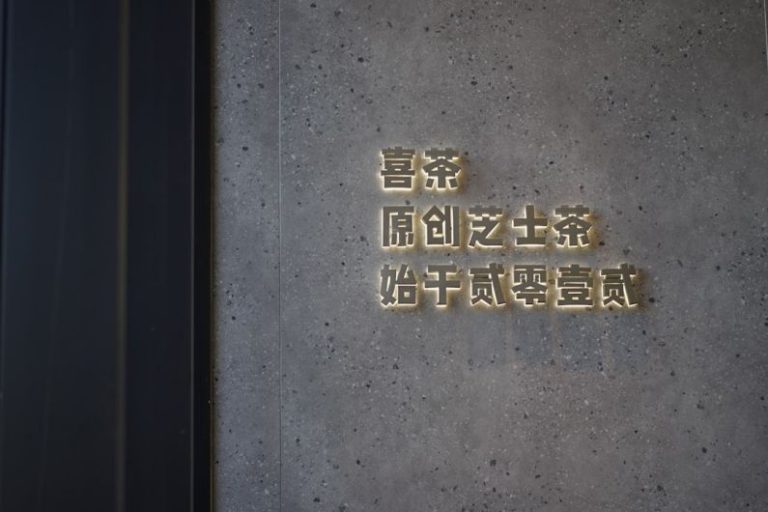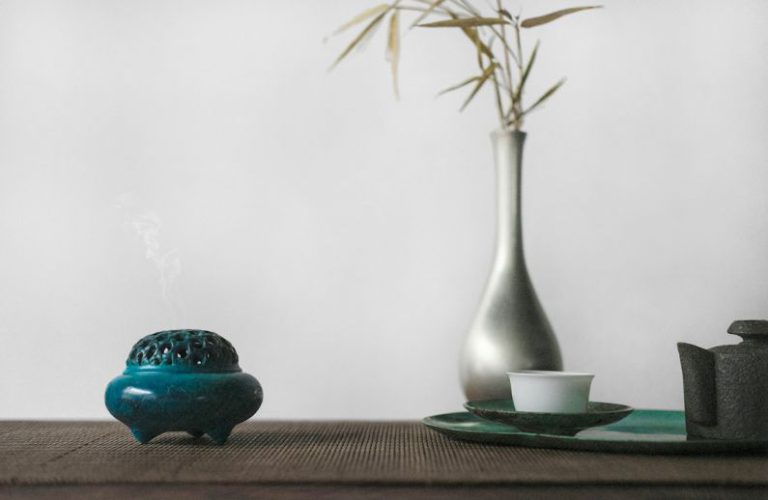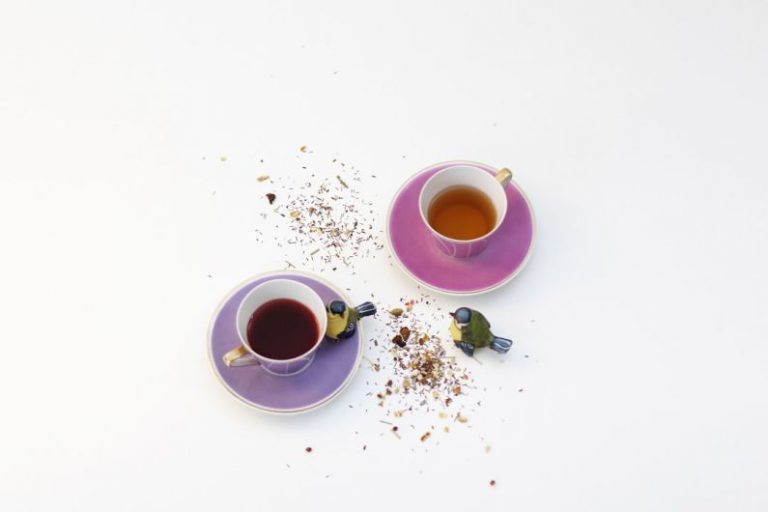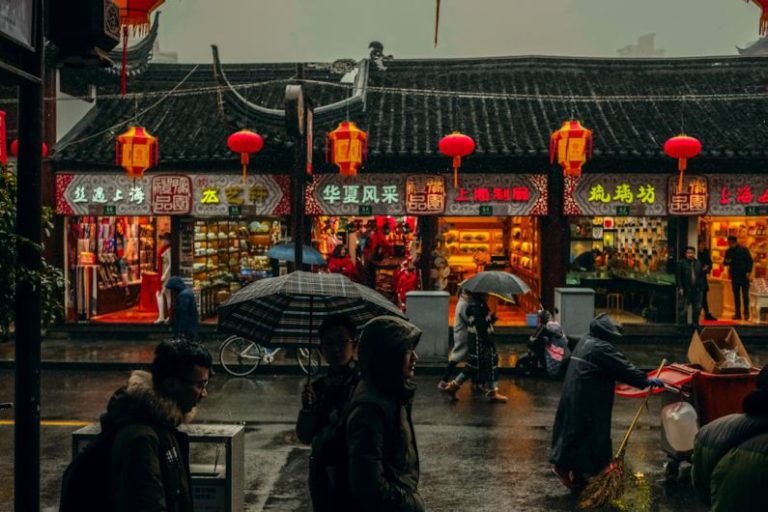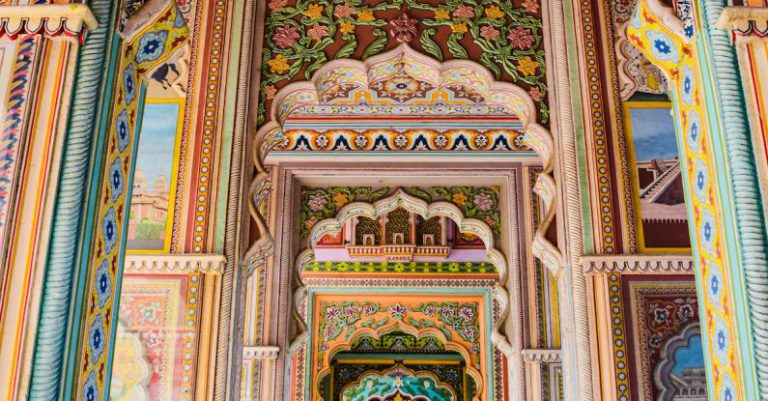The Way of Tea: Understanding Chanoyu
In the serene realm of Japanese culture, the practice of Chanoyu, or the Way of Tea, holds a special place. Rooted in Zen Buddhism, this centuries-old tradition encompasses far more than just the act of preparing and drinking tea. It is a profound art form that embodies harmony, respect, purity, and tranquility. To truly grasp the essence of Chanoyu, one must delve into its intricate rituals and symbolism, which serve as a gateway to a deeper understanding of oneself and the world around us.
The Essence of Chanoyu
At the heart of Chanoyu lies the concept of ichi-go ichi-e, meaning “one time, one meeting.” This philosophy emphasizes the importance of being fully present in the moment and cherishing each encounter as a unique and fleeting experience. When engaging in a tea ceremony, both the host and the guests are encouraged to set aside distractions and appreciate the beauty of simplicity and impermanence.
In Chanoyu, every gesture, every utensil, and every movement carries meaning. From the precise placement of the tea bowl to the graceful whisking of the matcha, each action is a reflection of mindfulness and intention. The tea ceremony is a choreographed dance of grace and humility, where silence speaks volumes and gestures convey respect. Through this meticulous attention to detail, participants cultivate a sense of awareness and connection with the present moment.
The Tea Room: A Sacred Space
Central to the practice of Chanoyu is the tea room, or chashitsu, a tranquil sanctuary designed to evoke a sense of harmony and tranquility. The architecture of the tea room is simple yet elegant, with sliding doors, tatami mats, and a tokonoma alcove displaying a scroll or flower arrangement. Every element in the tea room is carefully chosen to create a serene atmosphere conducive to contemplation and mindfulness.
Upon entering the tea room, guests are invited to leave their worldly concerns behind and enter a space where time seems to stand still. The act of bowing before entering signifies a gesture of humility and reverence, acknowledging the sacredness of the tea ceremony. Inside the tea room, participants are encouraged to engage in quiet conversation or simply savor the moment in silence, appreciating the beauty of their surroundings and the company of their fellow guests.
The Tea Utensils: Objects of Beauty and Utility
In Chanoyu, every utensil used in the tea ceremony is considered a work of art, reflecting the exquisite craftsmanship and attention to detail that characterize Japanese aesthetics. From the chawan (tea bowl) to the chasen (bamboo whisk), each utensil is carefully selected to enhance the beauty and flavor of the matcha.
The chawan, in particular, holds a special significance in the tea ceremony. Made by master potters using traditional techniques, each tea bowl is a unique creation, with its own shape, glaze, and imperfections. When preparing matcha, the host carefully selects a chawan that complements the season and the occasion, adding a personal touch to the ceremony.
The Tea Ceremony: A Ritual of Harmony and Respect
The tea ceremony itself is a meticulously choreographed ritual that unfolds in a series of precise movements and gestures. From the cleansing of the utensils to the serving of the tea, each step in the ceremony is imbued with meaning and symbolism.
As the host prepares the matcha, guests observe in silence, appreciating the beauty of the ritual unfolding before them. The act of serving the tea is a gesture of hospitality and respect, symbolizing the bond between host and guest. By accepting the bowl of tea with a bow, guests express gratitude for the host’s hospitality and the opportunity to share in this sacred tradition.
The Way of Tea: A Path to Inner Harmony
Chanoyu is more than just a cultural practice; it is a way of life that offers profound insights into the nature of existence. Through the act of preparing and sharing tea, participants cultivate a sense of mindfulness, gratitude, and interconnectedness with the world around them. In a society that values speed and efficiency, the slow and deliberate pace of the tea ceremony serves as a gentle reminder to pause, reflect, and appreciate the beauty of the present moment.
In embracing the Way of Tea, one embarks on a journey of self-discovery and enlightenment, learning to find peace and serenity in the midst of chaos and uncertainty. By embodying the principles of harmony, respect, purity, and tranquility, practitioners of Chanoyu strive to create a more compassionate and empathetic world, one bowl of tea at a time.
In Conclusion: Embracing the Beauty of Chanoyu
As we navigate the complexities of modern life, the practice of Chanoyu offers a sanctuary of tranquility and grace, reminding us of the beauty that can be found in simplicity and mindfulness. By immersing ourselves in the rituals and symbolism of the tea ceremony, we gain a deeper appreciation for the interconnectedness of all things and the impermanence of life itself. Through the Way of Tea, we discover a path to inner harmony and a greater understanding of ourselves and the world around us.
In embracing the Way of Tea, we learn to savor each moment as a precious gift, cherishing the fleeting beauty of life and the connections we share with others. In a world filled with noise and distractions, Chanoyu offers a quiet refuge, a space where we can pause, reflect, and find solace in the simple act of sharing a bowl of tea. As we carry the lessons of Chanoyu into our daily lives, may we strive to embody the principles of harmony, respect, purity, and tranquility, creating a more peaceful and compassionate world for all.


